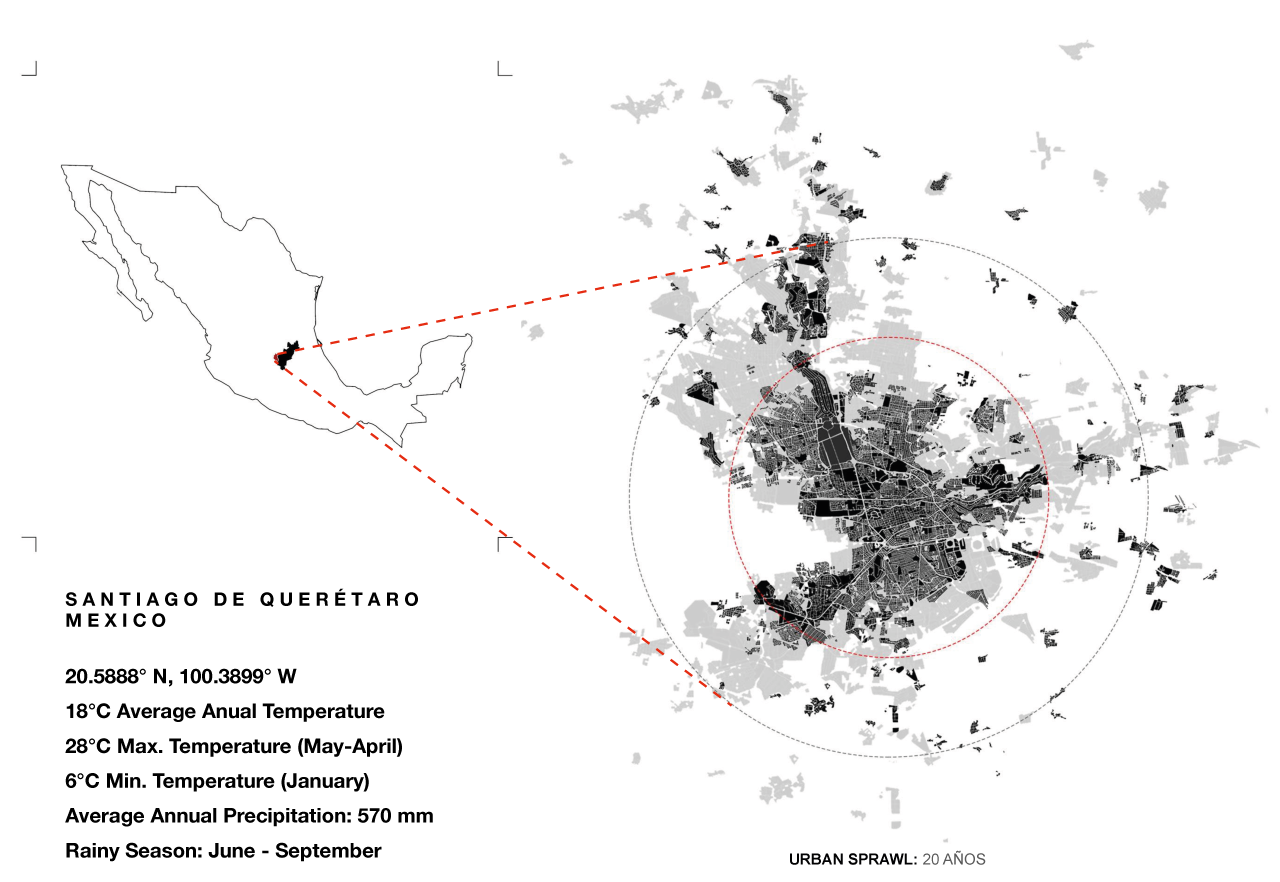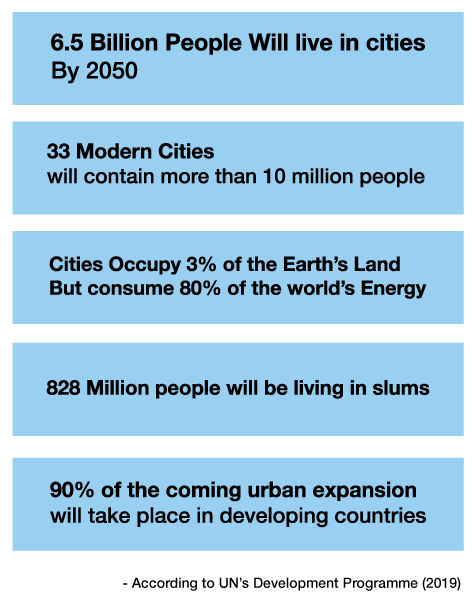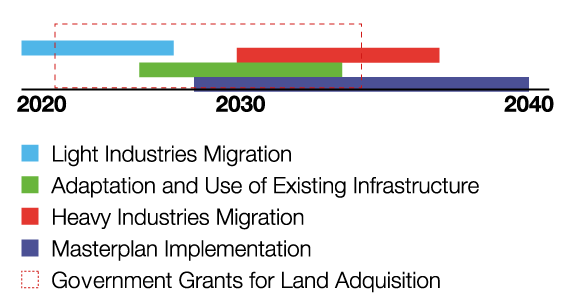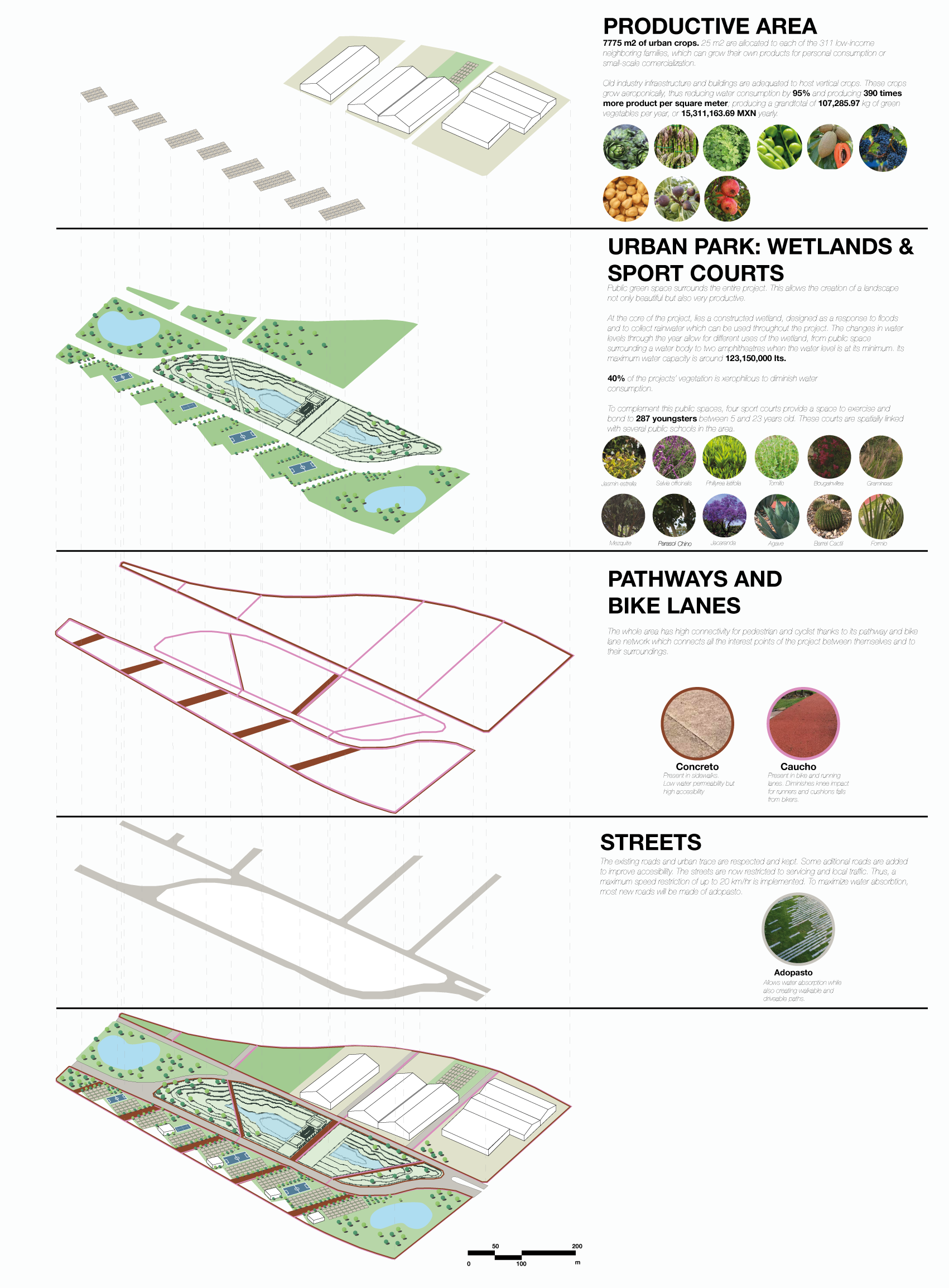ddd
Benito Juárez Productive Park
Santiago de Querétaro, México (2019)
In the middle of Santiago de Querétaro, one of Mexico’s biggest industrial cities, lies the Benito Juárez Industrial Park, built in what used to be the city’s outskirts in the seventies, now is completely engulfed by the city thanks to the exponential and unexpected urban growth that took place in the nineties. The city is expected to continue its Urban Sprawl indefenitively, causing more traffic and more problems to the industrial park and its neighboring community, unless some intervention is done. Its also worth noting that the total surface of the Industrial Park represents 3% of the total city surface as of 2019.
In the middle of Santiago de Querétaro, one of Mexico’s biggest industrial cities, lies the Benito Juárez Industrial Park, built in what used to be the city’s outskirts in the seventies, now is completely engulfed by the city thanks to the exponential and unexpected urban growth that took place in the nineties. The city is expected to continue its Urban Sprawl indefenitively, causing more traffic and more problems to the industrial park and its neighboring community, unless some intervention is done. Its also worth noting that the total surface of the Industrial Park represents 3% of the total city surface as of 2019.


Urban Problem
Industrial park represents 3% of the total
surface of Querétaro.
Less than 15% of the industrial park’s total
surface is being used as of 2019.
Tempano Ave. and Cinco de Febrero Ave. are
loosely connected.
Adjacent low-income Neighborhood “Los
Sauces” is greatly segregated and affected
by the industrial park.
Industrial Park is built right on top of a
flooding zone (Ends up flooding neighboring
community).
Almost non-existant water absortion areas.
High traffic in the area due to poor road
connections (one access each kilometer).
Non-existant public space.
Low program diversity and economic activity.
![]()
The new landscape has to be productive
![]()
Black: Current footprint (2020).
Gray: Expected footprint in 2040.
Flood Zones ![]()
Urban Problem
Industrial park represents 3% of the total
surface of Querétaro.
Less than 15% of the industrial park’s total
surface is being used as of 2019.
Tempano Ave. and Cinco de Febrero Ave. are
loosely connected.
Adjacent low-income Neighborhood “Los
Sauces” is greatly segregated and affected
by the industrial park.
Industrial Park is built right on top of a
flooding zone (Ends up flooding neighboring
community).
Almost non-existant water absortion areas.
High traffic in the area due to poor road
connections (one access each kilometer).
Non-existant public space.
Low program diversity and economic activity.

The new landscape has to be productive

Black: Current footprint (2020).
Gray: Expected footprint in 2040.
Flood Zones

Industry Occupation
The different industries within the block neighboring the residential zone "Los Sauces" were classified according to their activities; those
working in manufacuring and therefore hard to relocate were classified in red as "HEAVY INDUSTRY", while those buildings used as
distribution centers or storage units were classified in blue as "LIGHT INDUSTRY". Those in green were buildings whose typology could
be easily repurposed.

![]()
Industry migration through time
The entire Industrial Park surface would be repurposed for new sustainable and
diverse uses such as residential, commercial, public space, public infrastructure
and food production.
![]()

Industry migration through time
The entire Industrial Park surface would be repurposed for new sustainable and
diverse uses such as residential, commercial, public space, public infrastructure
and food production.

Self-Sufficient Districts
The first step towards the repurposing of the park for new uses and its subsequent success depend greatly on the interplay between the
new and old residents between themselves and the program of its surroundings. Therefore, we found it impertive to not create a huge
mega project thought of as a single unit but instead conceive it as a network of smaller, self-sufficient districts which could relate between
themselves in a cooperative way, complementing each others needs and creating a true sense of belonging and community between its
residents.
ew


Benito Juárez Productive Park
Then, the area within the park which was neighboring the “Los Sauces” colony was selected to host a public space program that would
help absorb a great volume of rainfall in the flood season, this was accomplished through the creation of a great wetland at the center of
the park, which in dry season could be used as a amphitheatre due to its sloped morphology. A public space could be a great way of
joining two very different communities, the residents of Los Sauces and the new residents within the residential part of this urban
complex.
Nonetheless, this is not enough, so to take the most advantage of this park, it was decided that the vegetation’s goal in the landscaping
project shouldn’t only be to provide shade and greenery, but also to produce food that could be eaten or commercialized by the
neighboring community. This allows for a sense of community to grow, being each neighboring family accounted for and assigned their
very own plot of land within the park, boosting their economy and their diet.





